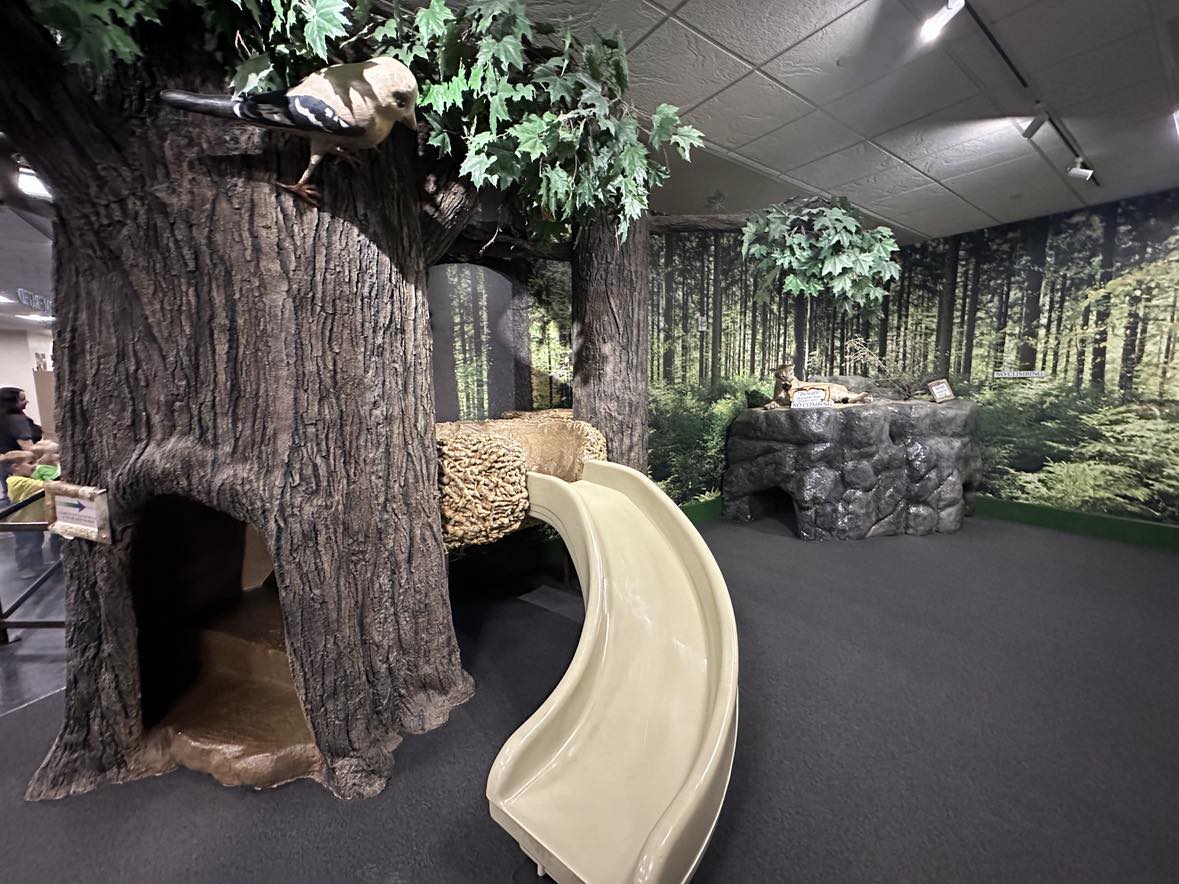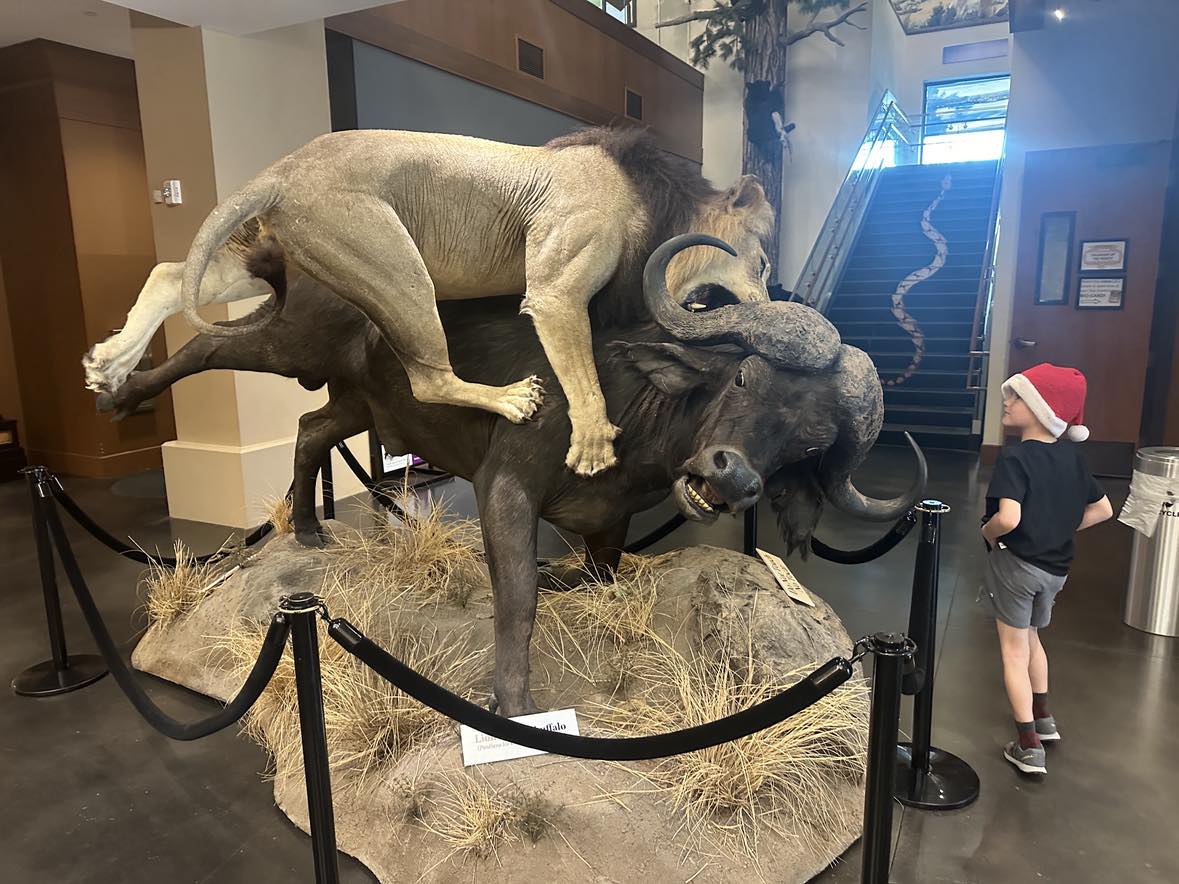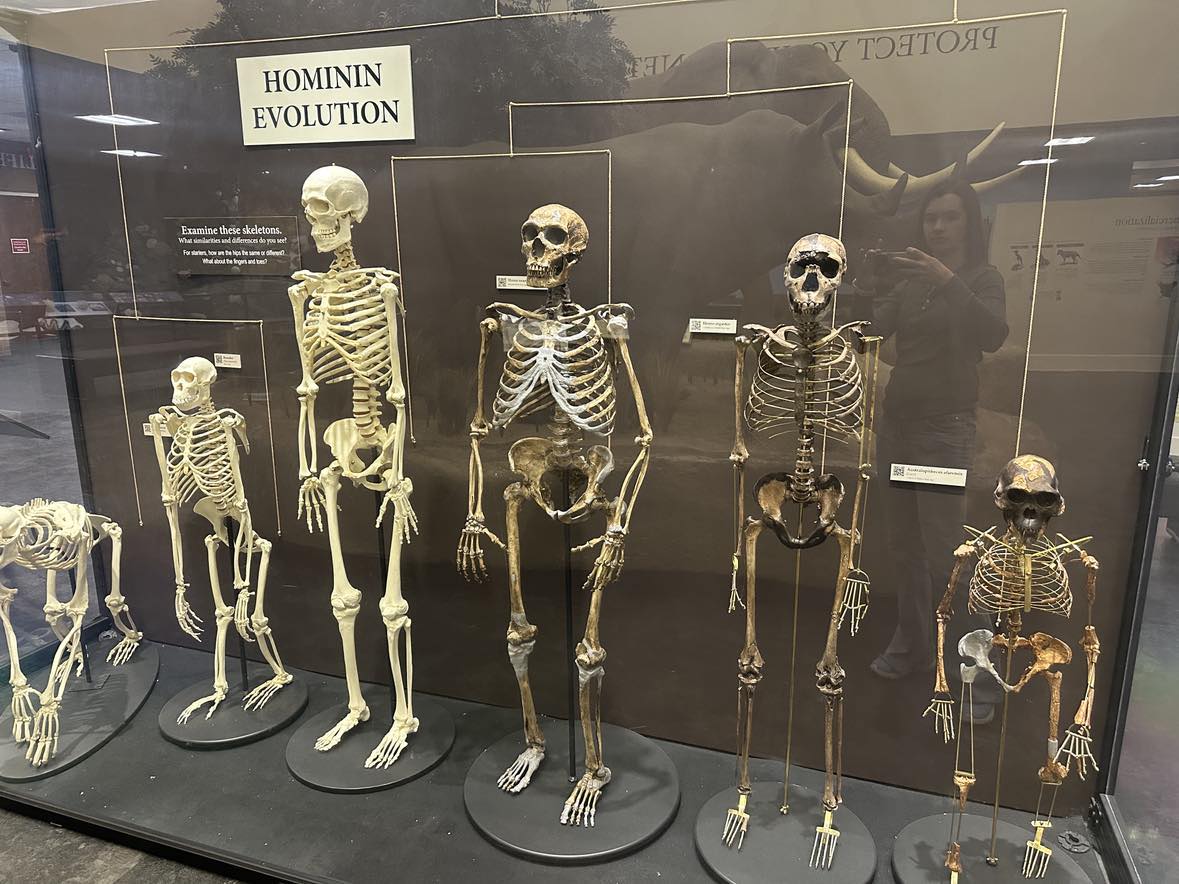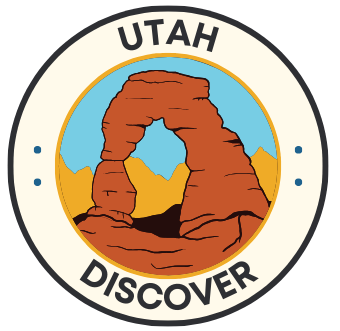Visiting the Monte L. Bean Life Science Museum is one of the most fun things to do in Provo at the BYU campus. It’s packed full of animals and insects to teach you more about the natural world and best of all it’s FREE! It makes an ideal outing for families and anyone interested in learning more about biology and the diversity of life.

Monte L Bean Life Science Museum Details
Hours: Monday-Friday 10am-9pm, Saturdays 10am-5pm, closed Sunday
Admission Cost: Free
One of the big attractions of the Bean Museum is the vast collection of taxidermied animals, both from North America and other parts of the world, providing a unique opportunity to see these creatures up close. If you have an animal lover in the family, they’re going to LOVE coming here. There are several different exhibits about animals and insects from different parts of the world, so you’ll see quite a bit of variety. While the kids are all magnetically drawn to the African animal exhibits (and who can blame them), I particularly love the Utah animal exhibits. It’s a great way to learn about the animals and ecosystems right in our own backyard, and it’s a good way for kids to practice their animal and plant identification. The exhibits are well-organized and educational, offering insights into various ecosystems as well as conservation efforts to protect these environments.

If you’re visiting with kids, you’ll appreciate the hands-on exhibits that the museum offers. Most of these are incredibly educational, but through a combination of hands-on activities and technology, kids will mostly just think that they’re having fun. On the main floor, you’ll find a play area for young kids which is perfect for letting them get out some energy too!


Some of the most recent additions to the museum are located upstairs. There you’ll find an exhibit all about climate change, another about disease spread and prevention, and a more robust exhibit about Utah ecology.
Exhibits at the Monte L Bean Museum
This museum is not just a place to view the vast diversity of life but also a platform to understand the delicate balance within nature and the impact of human actions on the environment. Each exhibit is thoughtfully curated to engage and inform visitors on various aspects of life sciences, making it great for all ages.
Taxidermy Collections
The museum boasts an extensive collection of taxidermy animals, showcasing species from around the world. These specimens are displayed in lifelike settings, providing a window into the lives of animals from distant lands and local ecosystems alike. This collection is not only artistic but also serves as a tool for education on biodiversity and animal behavior.

Endangered and Threatened Species
Through its exhibits on endangered and threatened species, the museum highlights the fragility of life on Earth and the importance of conservation efforts. Visitors can learn about the factors leading to species endangerment, such as habitat loss and poaching, and what can be done to protect these vulnerable members of the animal kingdom.

Evolution
The museum addresses the complex topic of evolution through interactive displays and fossil exhibits that trace the history of life on our planet. These exhibits provide insights into the processes that drive evolutionary change and showcase the diversity of life forms that have existed through Earth’s history.
While BYU is known for being a very conservative school, I really appreciated their exhibit on evolution where they talk about evolution for lots of different types of mammals. It’s incredibly well done and presented in a way that even kids can understand. If you’re looking for a good way to explain evolution to kids, this exhibit is a must-see since it focuses on the concept of common ancestors.

Utah Ecology
Focusing on the local environment, the museum offers exhibits dedicated to Utah’s unique ecology. These displays educate visitors on the state’s varied landscapes and the species that inhabit them, from desert ecosystems to mountainous terrains, highlighting the adaptability and resilience of life in different conditions. The aspect that we especially loved is the digital displays for each exhibit helping visitors to learn about all the plants and animals and how they interact.


Read Next:
- Ultimate Guide to Floating Westwater Canyon
- Nature’s Masterpieces: Exploring the 13 Best Waterfalls in Utah
- Don’t Skip the St George Narrows at Pioneer Park
Disease Prevention and Spread
With interactive and informative exhibits on disease prevention and the spread of pathogens, the museum provides valuable lessons on public health and the importance of vaccines, hygiene, and other preventative measures in combating illnesses. This exhibit focuses mostly on the spread and prevention of Covid-19

Climate Change
The museum tackles the pressing issue of climate change, illustrating its impact on wildlife and ecosystems in the exhibits. Visitors can learn about the science behind climate change, its effects on global biodiversity, and the actions necessary to mitigate its impact. Kids will especially love seeing how small changes that they make in their lifestyle can add up to big benefits for climate change.

The Provo River Watershed
Dedicated to a vital local water resource, the exhibit on the Provo River watershed educates on the importance of water conservation and the intricate balance of ecosystems supported by the Provo River. This display emphasizes the connection between water resources and community well-being, and a focus on the local ecology.
Bird Gallery
The bird gallery is a testament to the diversity of avian life, featuring specimens ranging from the common to the exotic. This section of the museum offers insights into the diversity, behavior, and migration patterns of birds, providing bird enthusiasts and casual visitors alike a chance to explore the fascinating world of birds.

Live Animal Shows
One of the most interactive and engaging aspects of the museum is its live animal shows. These presentations bring biology to life as educators share fascinating facts about the behaviors, adaptations, and habitats of different species. It’s an opportunity to see some of the museum’s live animals up close and learn about their roles in the ecosystem.
Butterfly Exhibit
A visitor favorite, the butterfly exhibit, offers a chance to wander through a vibrant and lush habitat teeming with live butterflies. This immersive experience allows for an up-close look at the various stages of a butterfly’s life cycle, from egg to caterpillar to chrysalis to butterfly, highlighting the beauty and intricacy of metamorphosis.
When to Visit the BYU Life Science Museum
The Bean Museum at BYU is very popular among families with young kids. On one of our recent visits, we got there a few minutes before the museum opened and there was a line of moms with toddlers and preschoolers waiting to get in. Because the museum is so popular with young families, it’s typically least crowded in the early afternoon (naptime) and later in the evening. Mornings are also more busy because school fieldtrips often come here.

Parking at the Bean Museum at BYU
Given the museum’s location on the BYU campus, parking can be a bit tricky, especially during school hours. Directly in from of the museum there is a long row of visitor parking. The entire lot is not designated for visitors, to make sure to park only in visitor parking areas. Parking in other areas will likely get you a parking ticket, since BYU parking rules are strictly enforced. Make sure to know your license plate number since you’ll need to register as a visitor at the museum to park there.
Events at the Monte L Bean Life Science Museum at BYU
For those interested in a deeper dive into the sciences, the museum often hosts lectures and special events that bring in experts to discuss various topics related to biology and conservation. Here are some of the most popular events at the museum:
Organism of the Month: EVery month, the museum will feature one organism. Participants will have the opportunity to learn more about that organism, watch a movie, do a coloring page, and share what they know with museum staff to get a collectable trading card. A new organism is featured every month. These programs are pretty short and a great way to engage kids in what they can learn at the museum.
Family Night: Monday evenings at 6:30 and 7:30. Dive into a life science topic with a naturalist – perfect for all ages. Advance registration is required and can be done here.
Summer Camps: Every summer, camps are held to teach kids and educate them. Most of the summer camps are for elementary and early middle school-age kids.
Podcasts: If you really want to dive in deep into what the Life Science department at BYU is doing, check out their podcast. Episodes are very educational and interesting.
Overall, visiting the Monte L. Bean Life Science Museum is a great place to visit and one of the best free things to do in Provo and at BYU. Whether you’re a family with curious kids, a student looking to learn more, or simply someone interested in the natural world, the museum offers something of interest.
